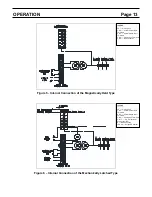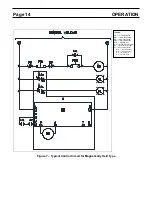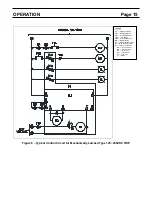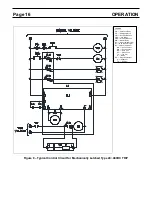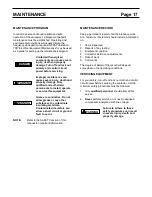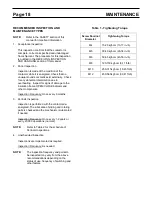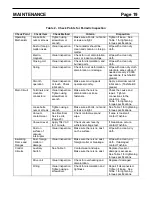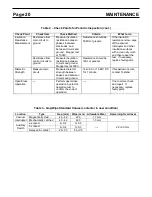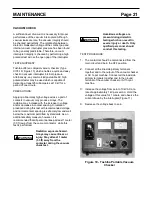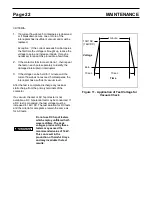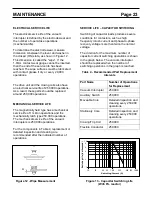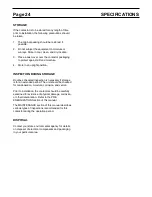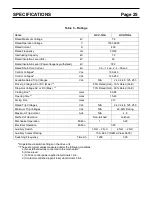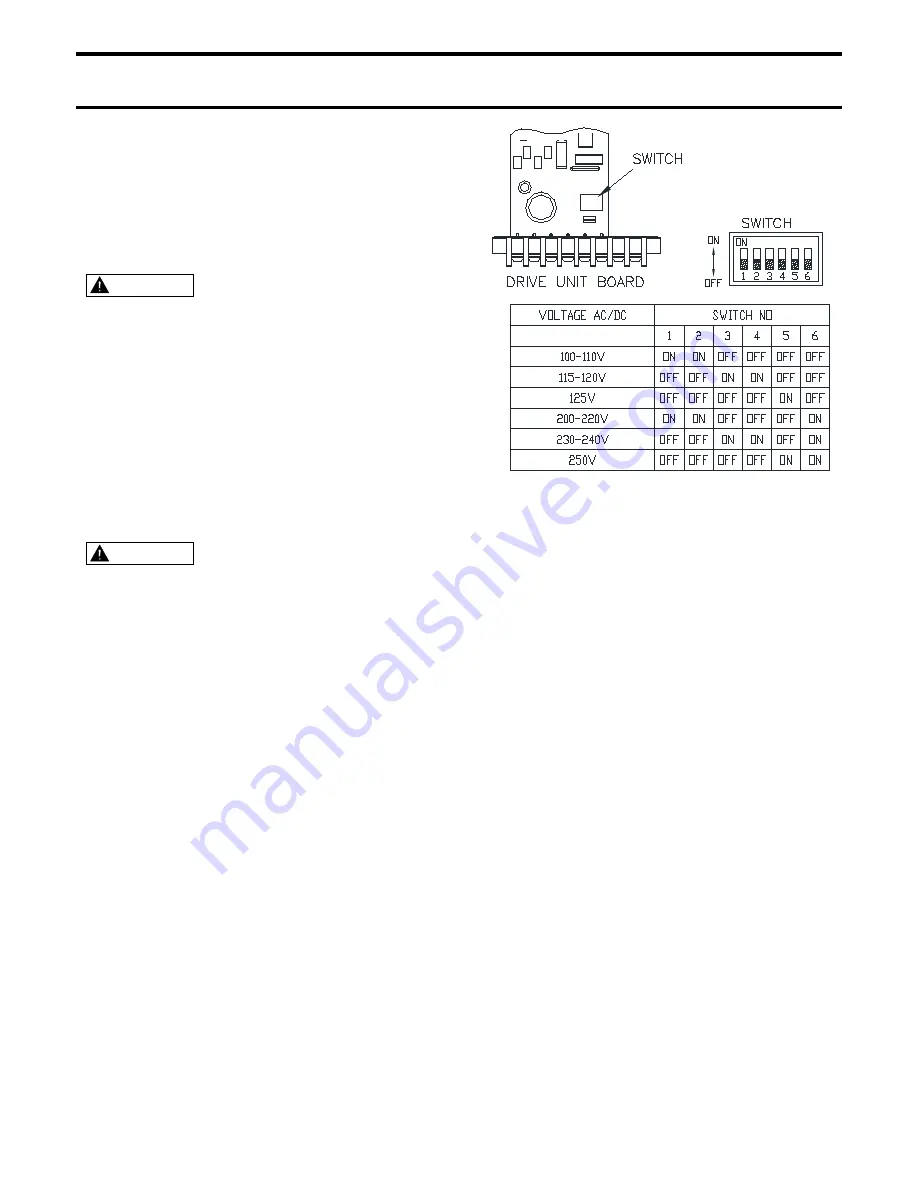
Page 10
INSTALLATION
GROUND CONNECTIONS
The contactor must be grounded in accordance with
the requirements of the National Electrical Code,
Article 250 or applicable local standards.
Proper grounding
connections must be made to
the contactor before incoming
power is applied.
The ground connection should be made to one of
the mounting bolt locations.
The ground wire should be no smaller than #10
AWG.
CONTROL CIRCUIT CONNECTIONS
Hazardous voltage. Turn off
and lock out all primary and
control circuit power sources
prior to performing this pre-
energization check. Applying
the specified power to the
drive unit will immediately
activate the coils and close
the contactor.
Route control cables that connect to the contactor to
avoid interference with sharp edges and moving
parts. They should also be routed and secured so that
they are a sufficient distance from medium voltage
circuits and components. Observe minimum bending
radius for the type of cable used.
Control cables should be adequately sized to carry
the maximum continuous current in accordance with
NEC requirements and should have an adequate
voltage rating. Cables should be dressed and
terminated as appropriate to the voltage class and
cable manufacturer’s recommendations.
Either AC or DC control supply voltage may be
connected to the drive unit for operation of the
closing coils. The optional latched trip circuit uses
DC as standard power.
The standard control voltage for the closing coils is
120Vac. Other voltages may be used, provided the
switch on the drive unit is properly set. See Figure 3
for switch settings:
Figure 3 – Control Voltage Selection for
Closing Coils
Trip coils for latched type contactors are available
with 24Vdc, 32Vdc, 48Vdc, 125Vdc, and 250Vdc
ratings.
Latched contactor installations must these guidelines:
1. The electrical trip-free circuit must be remotely
located with respect to the contactor.
2. A stable DC power source such as a battery is
recommended for the trip circuit. If DC power is
not available, a capacitor trip device should be
used.
3. The Auxiliary switch contact corresponding to
terminals 11 and 21 should be used for the trip
circuit and terminals 16 and 26 for the control
relay circuit (Figure 8).
4. The latch mechanism has trip lever for tripping
the contactor without trip or control power.
Equipment using latched contactors must be
provided with an externally operated manual
release mechanism to operate this lever.
WARNING
WARNING

















